Home>Furniture & Design>Outdoor Furniture>What Is The Best Soil For Outdoor Potted Plants
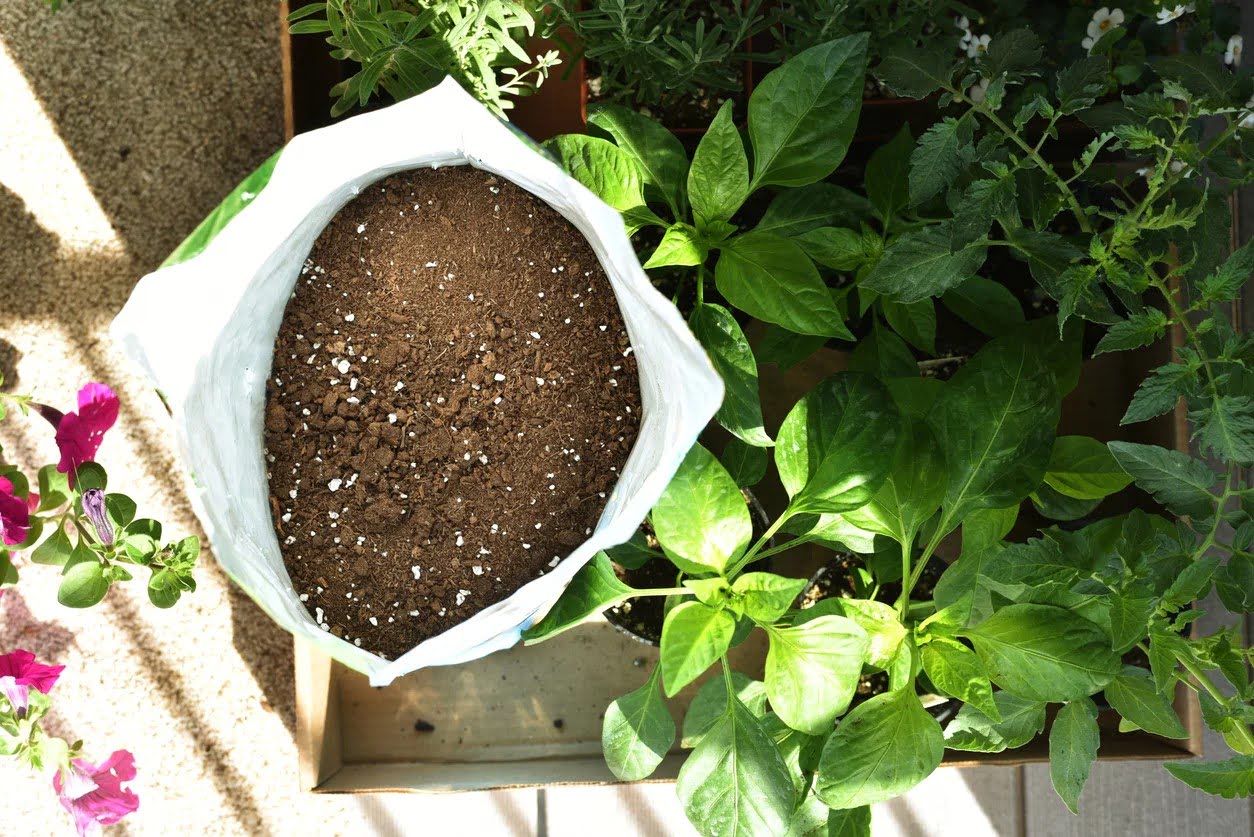

Outdoor Furniture
What Is The Best Soil For Outdoor Potted Plants
Published: January 13, 2024
Discover the best soil for outdoor potted plants to enhance the growth and health of your garden. Find expert tips on outdoor furniture, furniture, and design.
(Many of the links in this article redirect to a specific reviewed product. Your purchase of these products through affiliate links helps to generate commission for Storables.com, at no extra cost. Learn more)
Introduction
When it comes to cultivating thriving outdoor potted plants, the significance of high-quality soil cannot be overstated. The soil serves as the lifeblood of potted plants, providing essential nutrients, proper aeration, and adequate moisture retention. Whether you're nurturing vibrant flowers, lush herbs, or verdant shrubs in your outdoor space, selecting the right soil is paramount for their overall health and vitality.
In the realm of outdoor potted plants, the soil acts as a crucial foundation, influencing the plant's growth, resilience to environmental stressors, and ability to flourish in a confined space. Therefore, understanding the key factors to consider when choosing soil for outdoor potted plants, the various types of soil available, and the best soil mix for different plant varieties is essential for any gardening enthusiast. Additionally, learning how to maintain healthy soil in outdoor containers is vital for the long-term success of your potted plants.
In this comprehensive guide, we will delve into the intricacies of outdoor potted plant soil, exploring the factors that should influence your soil selection, the different types of soil suitable for outdoor containers, and the optimal soil mixes for various plant species. Furthermore, we will provide invaluable tips for preserving the health and fertility of your potted plant soil, ensuring that your outdoor botanical companions thrive in their confined yet nurturing environment.
Join us on this illuminating journey as we unearth the secrets to selecting the best soil for outdoor potted plants and discover the art of maintaining flourishing greenery in your outdoor living spaces. Let's embark on this horticultural adventure together, as we unlock the potential of your outdoor potted plants through the power of premium soil and expert care.
Key Takeaways:
- Choose soil for outdoor potted plants based on drainage, water retention, nutrients, texture, and pH levels to create a healthy environment for thriving greenery.
- Tailor soil mix to meet the specific needs of different outdoor potted plants, such as flowering plants, herbs, vegetables, succulents, and shrubs, for optimal growth and vitality.
Read more: What Soil To Use For Outdoor Potted Plants
Factors to Consider When Choosing Soil for Outdoor Potted Plants
When embarking on the journey of selecting soil for outdoor potted plants, several critical factors should guide your decision-making process. Understanding these factors will empower you to make informed choices that promote the optimal growth and well-being of your beloved greenery. Let’s explore the key considerations that should influence your soil selection for outdoor containers:
- Drainage: Adequate drainage is paramount for the health of potted plants. The soil should allow excess water to escape freely, preventing waterlogged conditions that can lead to root rot and other moisture-related issues. Look for soil mixes specifically formulated for containers, as they often contain materials such as perlite or vermiculite to improve drainage.
- Water Retention: While good drainage is essential, the soil should also have the capacity to retain moisture to sustain the plants between waterings. Striking the right balance between drainage and water retention is crucial for the overall health of the potted plants.
- Nutrient Content: The soil should provide a rich source of essential nutrients to support the plants’ growth and development. High-quality potting mixes often contain organic matter, such as compost or aged bark, which contributes to the soil’s fertility and nourishment of the plants.
- Texture: The texture of the soil influences aeration, root development, and water retention. A well-balanced soil texture allows for adequate airflow while providing ample support for the plants’ root systems. Avoid compacted or overly dense soils that hinder proper root growth.
- pH Levels: Different plants thrive in varying pH environments. Some prefer slightly acidic soil, while others may require a more alkaline or neutral pH. Understanding the pH preferences of your specific plant species will guide your choice of soil to create an optimal growing environment.
- Container Size: The size of the outdoor containers plays a role in soil selection. Larger containers generally retain moisture for a longer duration and may require a soil mix with enhanced drainage, while smaller pots necessitate a soil blend that balances water retention and aeration.
By taking these factors into account, you can make an informed decision when selecting soil for your outdoor potted plants. Understanding the unique needs of your plant species and the environmental conditions in which they thrive will guide you toward choosing the most suitable soil mix, setting the stage for vibrant and flourishing greenery in your outdoor living spaces.
Types of Soil for Outdoor Potted Plants
When it comes to cultivating healthy and thriving outdoor potted plants, the type of soil used plays a pivotal role in providing the necessary support, nutrients, and growing conditions for the plants. Several types of soil are well-suited for outdoor containers, each with its unique characteristics and benefits. Understanding these soil types will empower you to make an informed choice based on the specific needs of your potted plants. Let’s explore the various types of soil suitable for outdoor potted plants:
- Potting Mix: Potting mix, also known as potting soil, is a popular choice for outdoor potted plants. This specialized soil blend is formulated to provide excellent drainage, aeration, and nutrient retention, creating an ideal environment for plant roots to thrive. Potting mixes often contain a combination of peat moss, perlite, vermiculite, and organic matter, offering a well-balanced medium for a wide range of plant species.
- Loamy Soil: Loamy soil is renowned for its optimal texture, combining sand, silt, and clay in balanced proportions. This versatile soil type offers good drainage, moisture retention, and nutrient availability, making it an excellent choice for outdoor potted plants. Its natural fertility and structure contribute to healthy root development and overall plant vigor.
- Sandy Soil: Sandy soil is characterized by its coarse texture and excellent drainage properties. While it tends to dry out relatively quickly, making it suitable for plants that prefer drier conditions, it may require amendments to enhance its nutrient-holding capacity. When used in outdoor containers, sandy soil can be combined with organic matter to improve its water retention and fertility.
- Clay Soil: Clay soil, while rich in nutrients, can pose challenges in outdoor containers due to its tendency to become compacted and waterlogged. However, when blended with other soil types and organic amendments, such as compost or peat moss, it can offer a solid foundation for certain potted plants, providing essential minerals and promoting robust growth.
- Cactus/Succulent Mix: Specifically designed for arid-loving plants, cactus and succulent mixes are well-draining and low in organic matter. These specialized soil blends cater to the unique needs of desert-dwelling plants, preventing excess moisture retention and promoting healthy root systems in outdoor containers.
By familiarizing yourself with the characteristics of these soil types, you can make an informed decision based on the specific requirements of your outdoor potted plants. Whether you’re cultivating vibrant flowers, aromatic herbs, or verdant foliage, selecting the most suitable soil type will lay the groundwork for bountiful and flourishing greenery in your outdoor living spaces.
Choose a well-draining soil mix for outdoor potted plants, with a good balance of organic matter and perlite or sand. This will help prevent waterlogging and provide essential nutrients for healthy plant growth.
Best Soil Mix for Different Types of Outdoor Potted Plants
As diverse as the plant kingdom itself, the soil requirements for various outdoor potted plants can vary significantly. Tailoring the soil mix to suit the specific needs of different plant species is crucial for fostering their optimal growth and vitality. Whether you’re nurturing flowering plants, herbs, vegetables, or succulents in outdoor containers, selecting the best soil mix tailored to their unique characteristics is essential. Let’s explore the ideal soil mixes for different types of outdoor potted plants:
- Flowering Plants: For flowering plants, a well-balanced potting mix that offers good drainage and ample nutrients is ideal. Look for a mix that contains peat moss, perlite, and compost to provide a fertile and well-aerated environment for robust root development and prolific blooms.
- Herbs: Herbs thrive in well-draining, nutrient-rich soil. A potting mix enriched with organic matter, such as compost or aged bark, is well-suited for herbs, providing the essential nutrients and moisture retention they require for healthy growth and flavorful foliage.
- Vegetables: When growing vegetables in outdoor containers, a nutrient-dense potting mix that supports strong root systems and abundant yields is paramount. Consider a blend that incorporates compost, vermiculite, and peat moss, fostering the ideal growing conditions for a bountiful vegetable harvest.
- Succulents and Cacti: Succulents and cacti thrive in well-draining, sandy soil that prevents waterlogged conditions. A specialized cactus and succulent mix, combined with coarse sand or perlite, ensures optimal drainage and aeration, safeguarding these arid-loving plants from excess moisture.
- Shrubs and Trees: For larger outdoor potted plants such as shrubs and trees, a nutrient-rich potting mix with excellent drainage and structural support is essential. Consider a blend that incorporates loamy soil, compost, and perlite to provide a stable and fertile medium for robust growth and long-term vitality.
By tailoring the soil mix to meet the specific needs of your outdoor potted plants, you can create an optimal growing environment that nurtures their health and vigor. Understanding the unique requirements of different plant varieties and selecting the most suitable soil mix will set the stage for a flourishing and abundant outdoor botanical display, enriching your outdoor living spaces with natural beauty and vitality.
Tips for Maintaining Healthy Soil for Outdoor Potted Plants
Ensuring the ongoing health and fertility of the soil in outdoor containers is essential for nurturing thriving potted plants. By implementing effective soil maintenance practices, you can create a conducive environment that supports robust plant growth and vitality. Here are valuable tips for maintaining healthy soil for your outdoor potted plants:
- Regular Watering: Monitor the moisture levels in the soil and water your potted plants as needed. Avoid overwatering, which can lead to waterlogged soil and root rot, as well as underwatering, which can cause the soil to dry out excessively.
- Appropriate Fertilization: Provide your potted plants with the necessary nutrients by fertilizing them according to their specific requirements. Consider using a balanced, slow-release fertilizer to sustainably nourish the soil and promote healthy plant growth.
- Inspect for Pests and Diseases: Routinely check the soil and plants for signs of pests, diseases, or fungal issues. Promptly address any issues to prevent them from compromising the soil and the overall well-being of your potted plants.
- Topdressing and Mulching: Apply a layer of organic mulch or topdressing to the soil surface to conserve moisture, suppress weed growth, and enhance the soil’s fertility. Mulching also contributes to the overall health of the soil ecosystem in outdoor containers.
- Regular Soil Renewal: Periodically refresh the soil in your outdoor containers by replacing a portion of the old soil with fresh potting mix. This practice helps replenish nutrients, improve soil structure, and prevent the accumulation of salts and minerals that can hinder plant growth.
- Optimal Drainage: Ensure that your outdoor containers have adequate drainage holes to prevent water from pooling at the bottom, which can lead to soil compaction and root suffocation. Elevating the pots on pot feet or using potting mix with enhanced drainage properties can further promote healthy soil conditions.
- Seasonal Considerations: Adjust your soil maintenance practices based on seasonal changes. During periods of intense heat, increase watering frequency, while in colder seasons, moderate the water supply to prevent waterlogged soil in outdoor containers.
By incorporating these soil maintenance tips into your gardening routine, you can foster the long-term health and fertility of the soil in your outdoor potted plants, creating an optimal growing environment for vibrant and flourishing greenery. With attentive care and a proactive approach to soil management, you can sustainably support the vitality and beauty of your outdoor botanical companions, enriching your outdoor living spaces with natural splendor and charm.
Conclusion
Embarking on the journey of cultivating outdoor potted plants is a fulfilling endeavor that allows you to infuse your outdoor living spaces with natural beauty and vitality. The soil in which your potted plants reside serves as the cornerstone of their well-being, providing essential nutrients, moisture, and structural support. By understanding the critical factors to consider when choosing soil, exploring the diverse types of soil suitable for outdoor containers, and tailoring the best soil mix to meet the specific needs of different plant varieties, you can lay the groundwork for a thriving botanical display in your outdoor oasis.
As you select the optimal soil for your outdoor potted plants, remember to consider factors such as drainage, water retention, nutrient content, texture, and pH levels, ensuring that the soil aligns with the unique requirements of your beloved greenery. Whether you opt for a specialized potting mix, loamy soil, sandy soil, clay soil, or a cactus/succulent blend, the key is to create an environment that fosters healthy root development and robust plant growth.
Furthermore, by implementing effective soil maintenance practices, such as regular watering, appropriate fertilization, pest and disease management, and soil renewal, you can sustain the health and fertility of the soil in your outdoor containers, nurturing flourishing greenery that enriches your outdoor living spaces with natural splendor and charm.
As you tend to your outdoor potted plants and cultivate a thriving botanical haven, may the knowledge and insights shared in this guide empower you to make informed decisions, foster the vitality of your green companions, and revel in the beauty of nature’s abundance. With the right soil and attentive care, your outdoor potted plants will flourish, bringing joy and tranquility to your outdoor sanctuary, and creating a harmonious connection with the natural world.
So, embrace the art of soil selection and maintenance, and watch as your outdoor potted plants thrive, elevating your outdoor living spaces with their resplendent beauty and enduring grace.
Frequently Asked Questions about What Is The Best Soil For Outdoor Potted Plants
Was this page helpful?
At Storables.com, we guarantee accurate and reliable information. Our content, validated by Expert Board Contributors, is crafted following stringent Editorial Policies. We're committed to providing you with well-researched, expert-backed insights for all your informational needs.
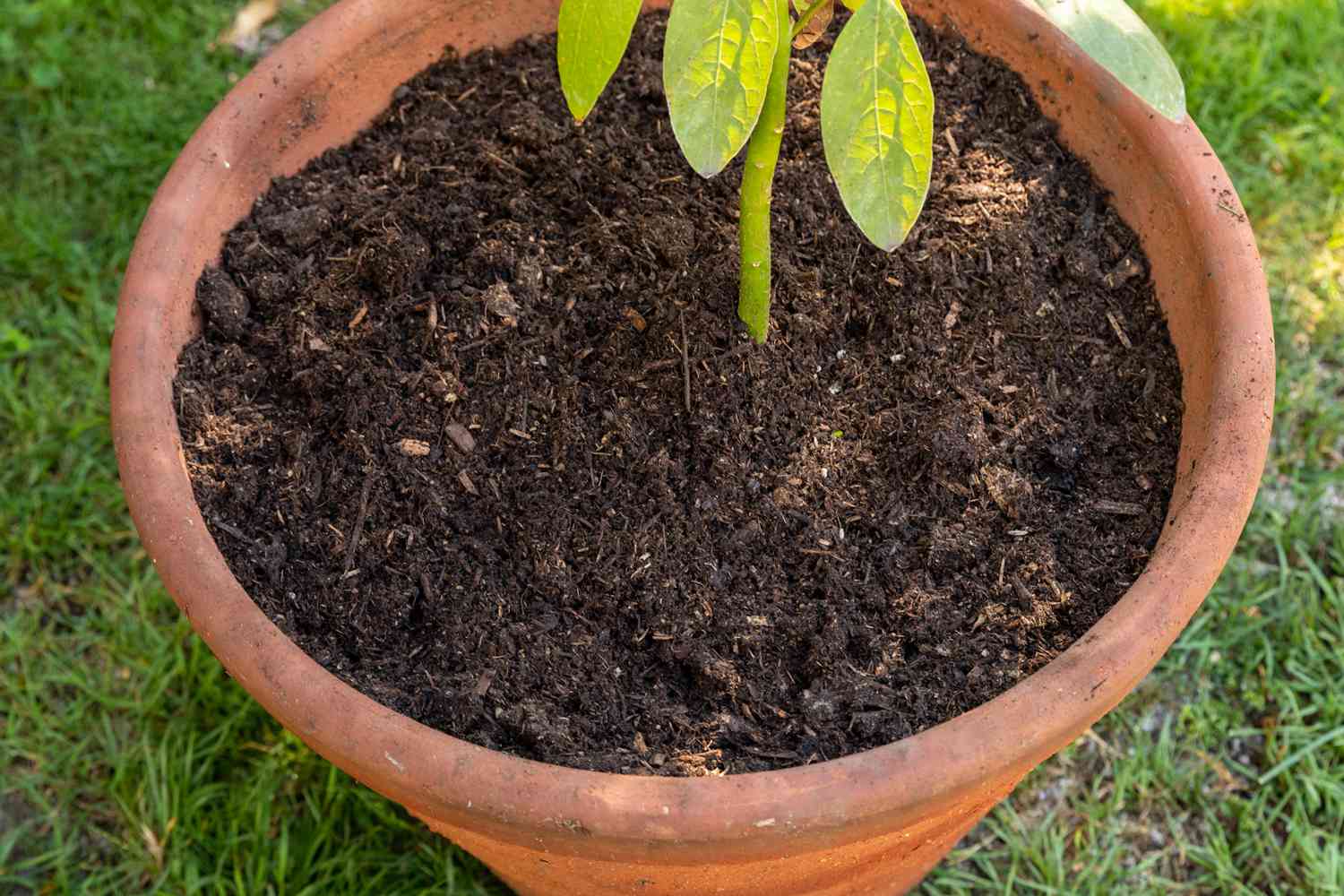
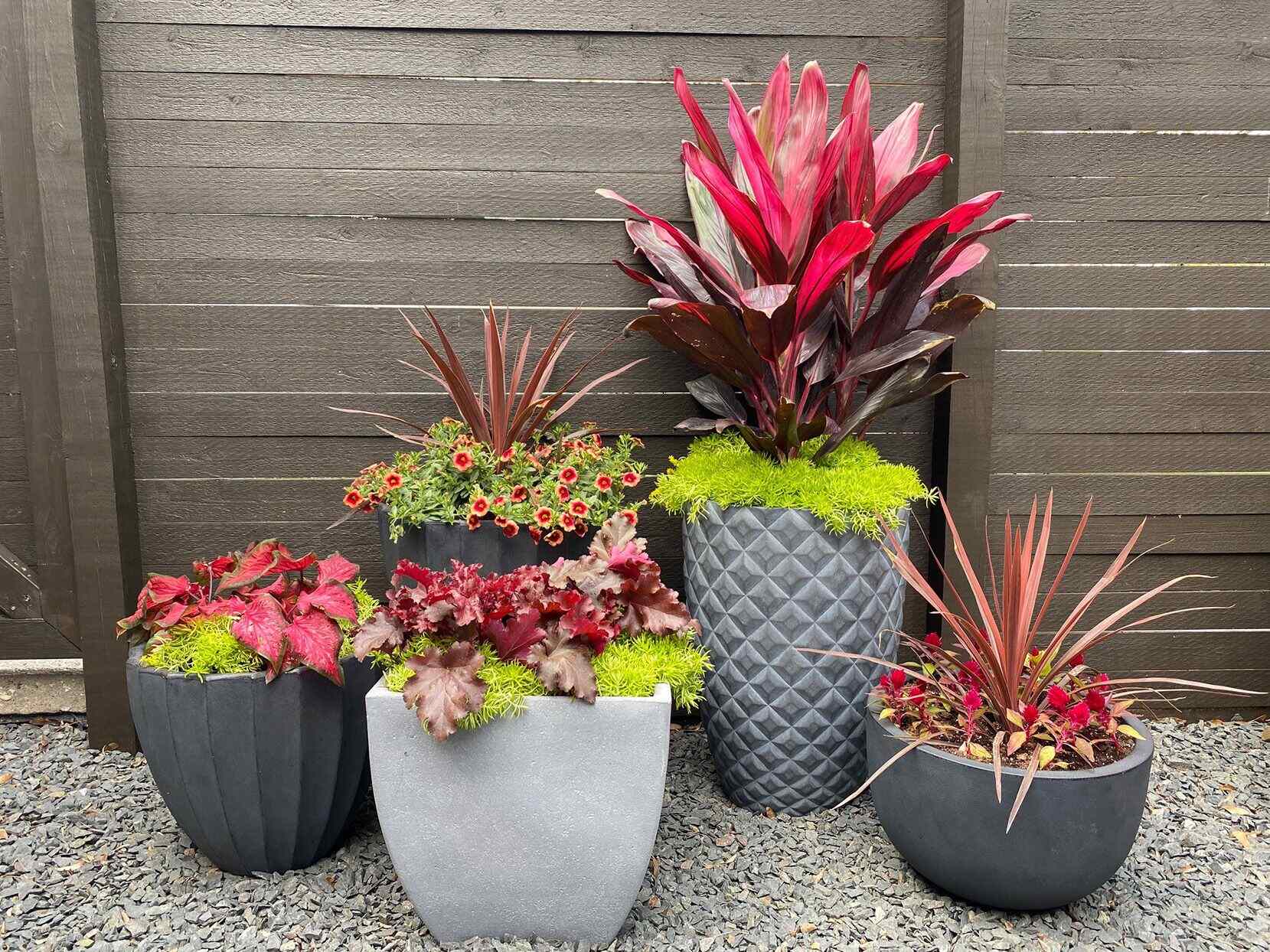
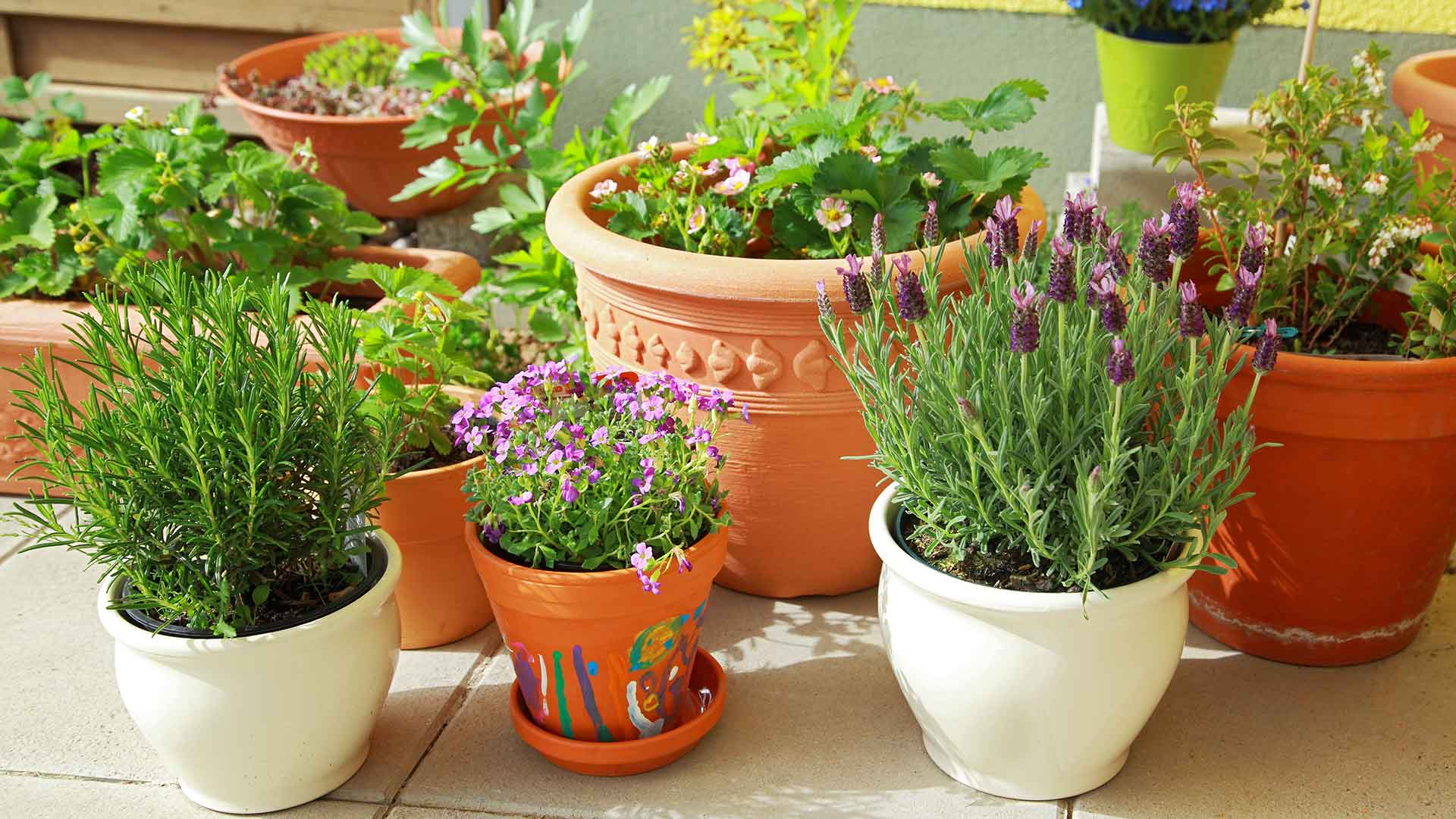
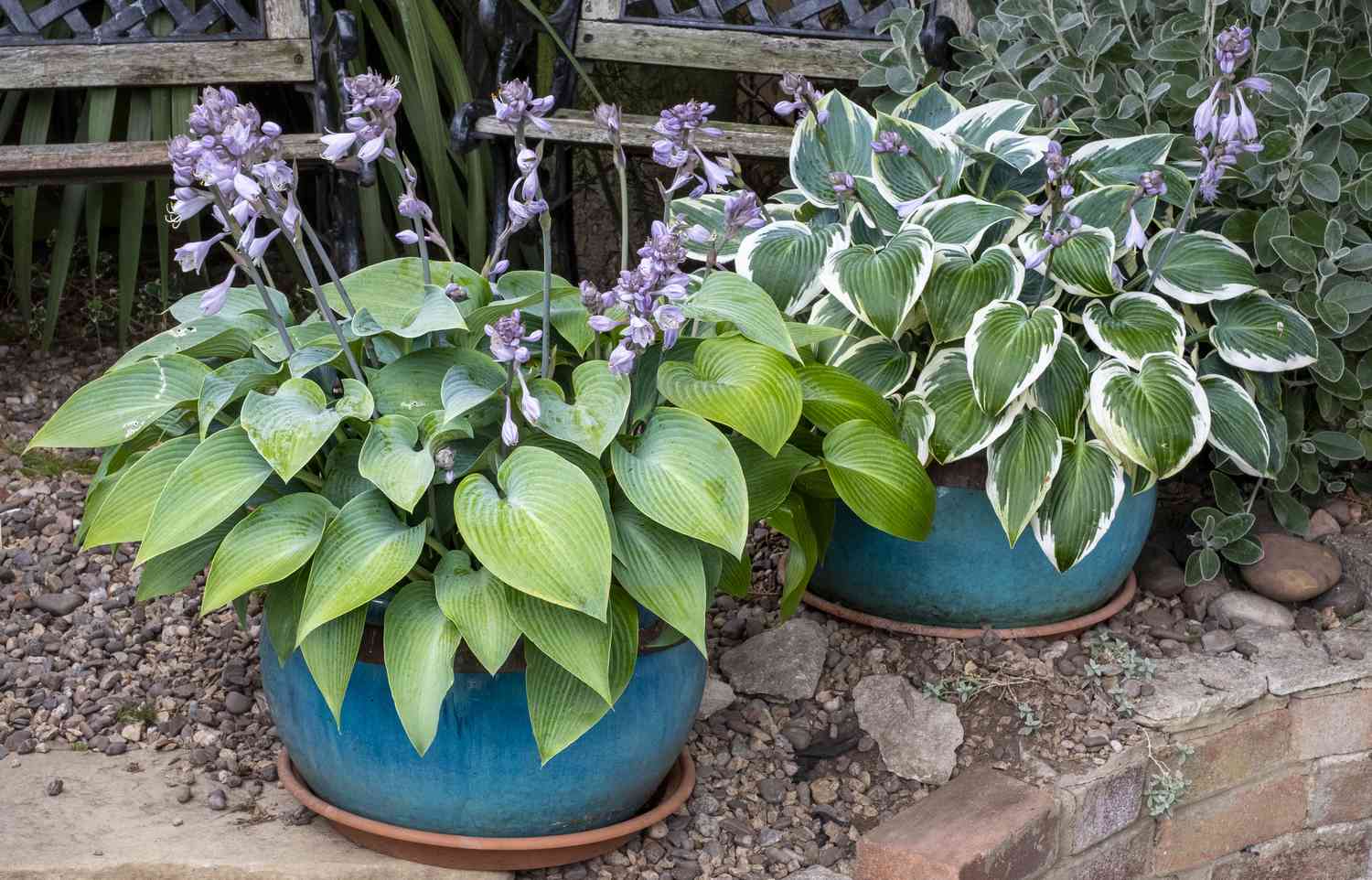
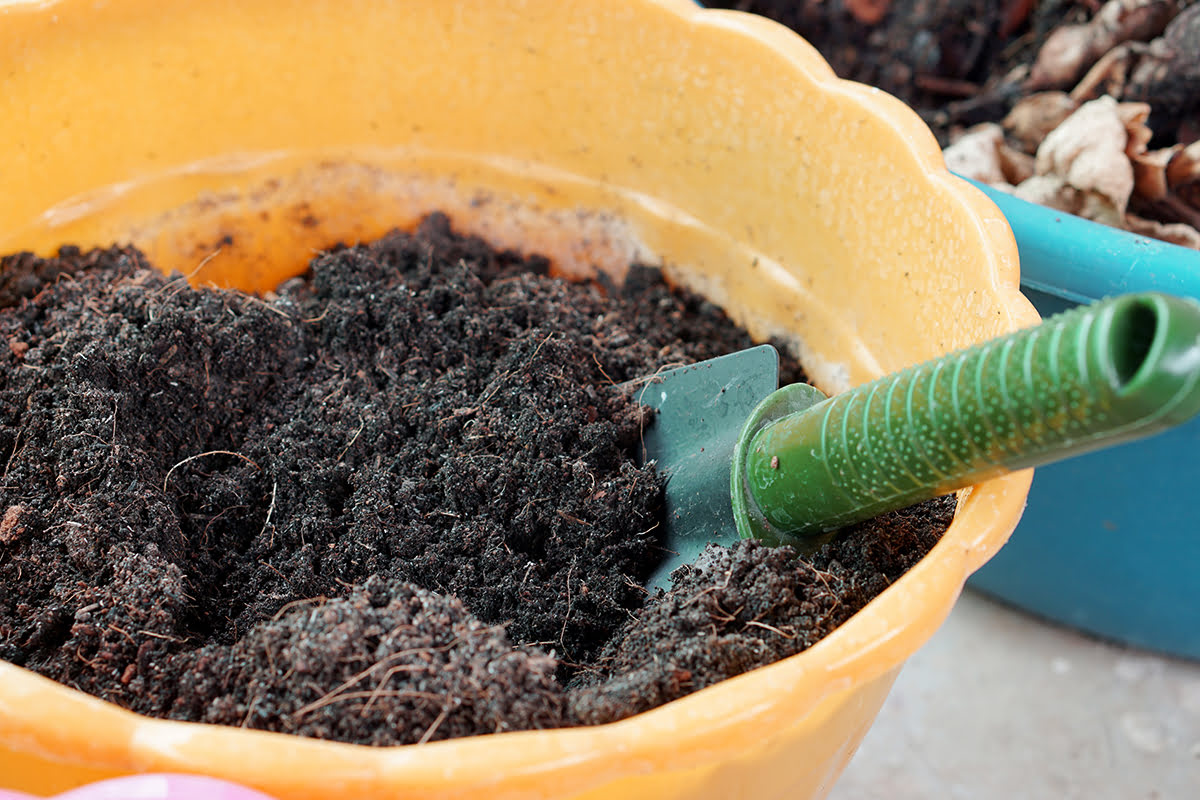
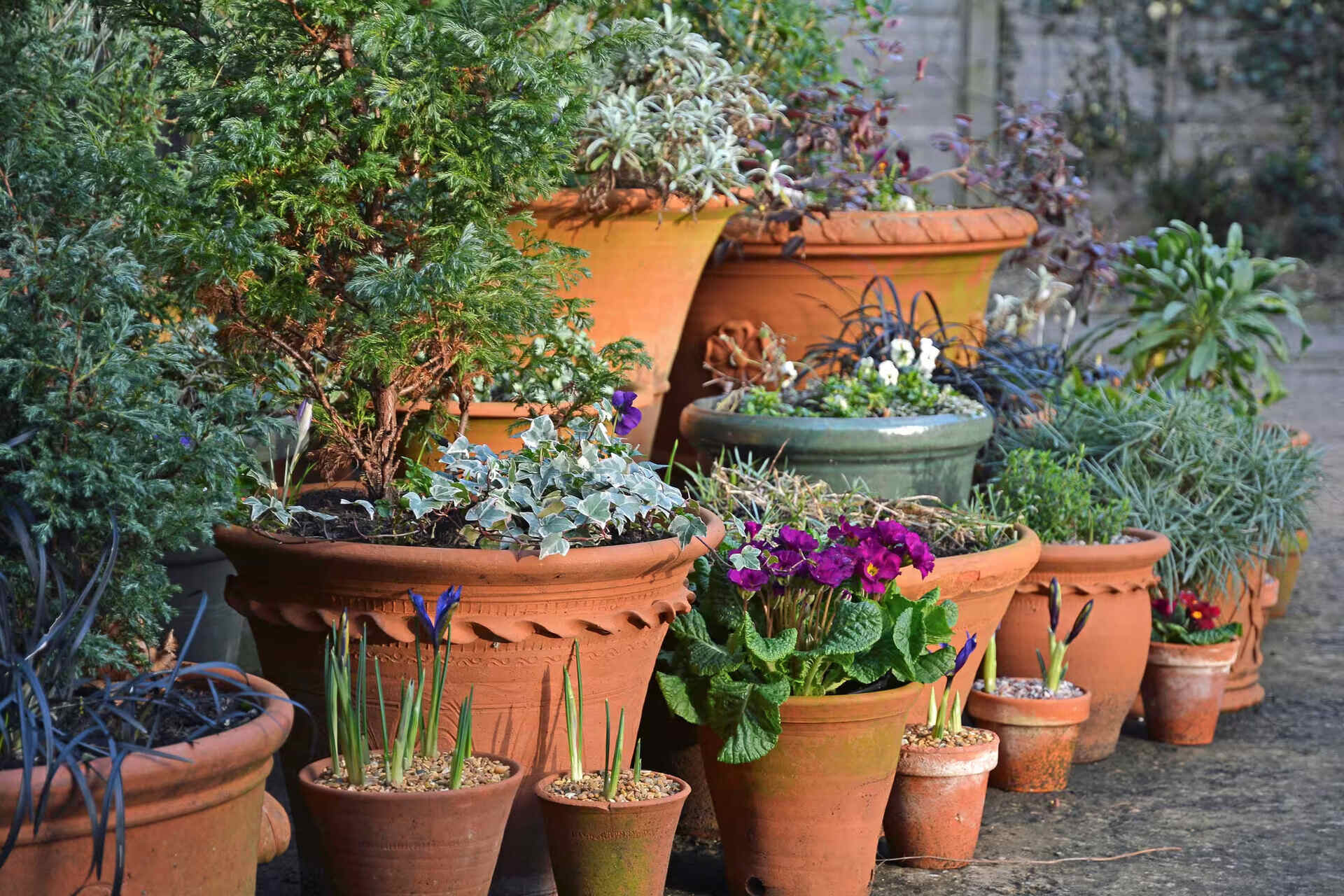
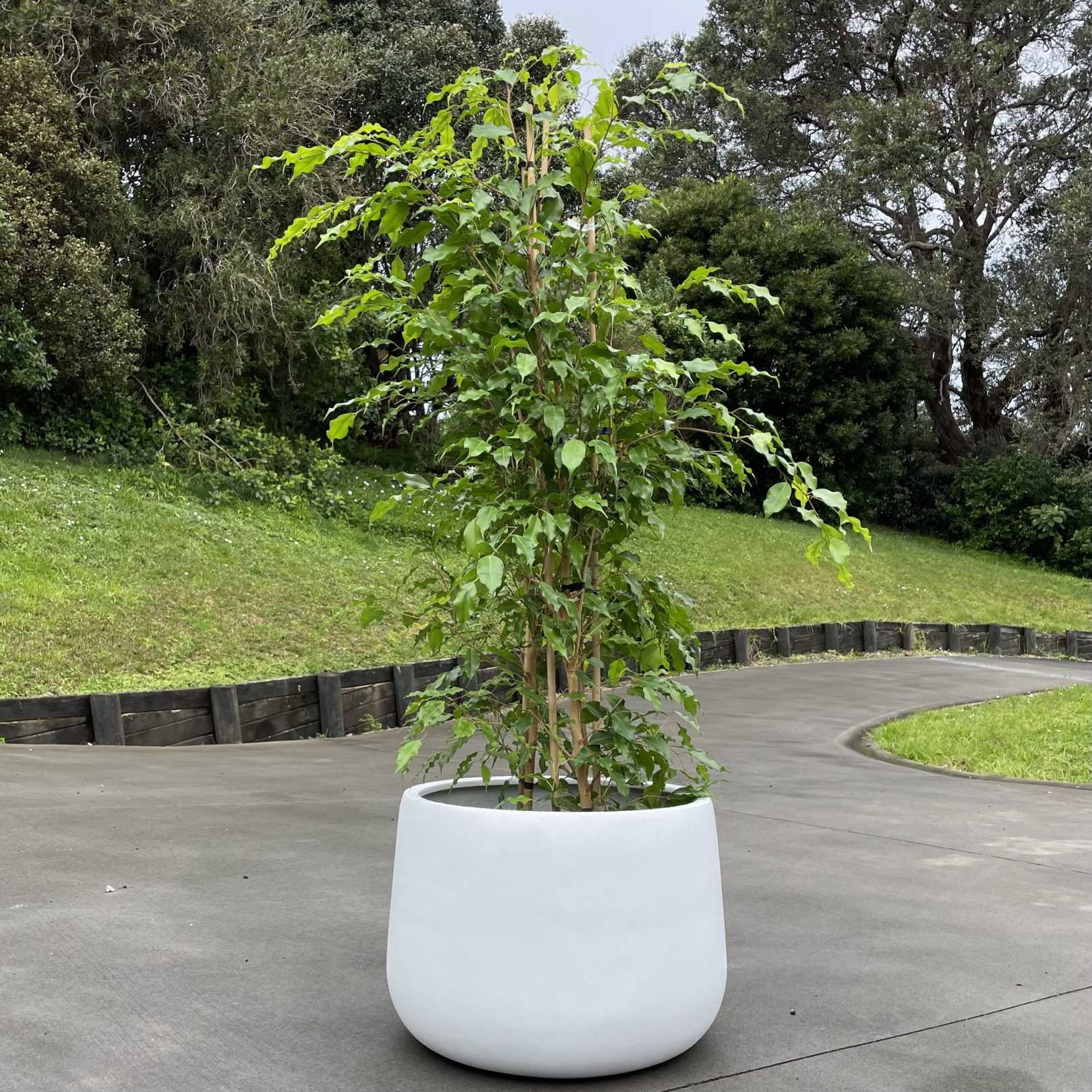
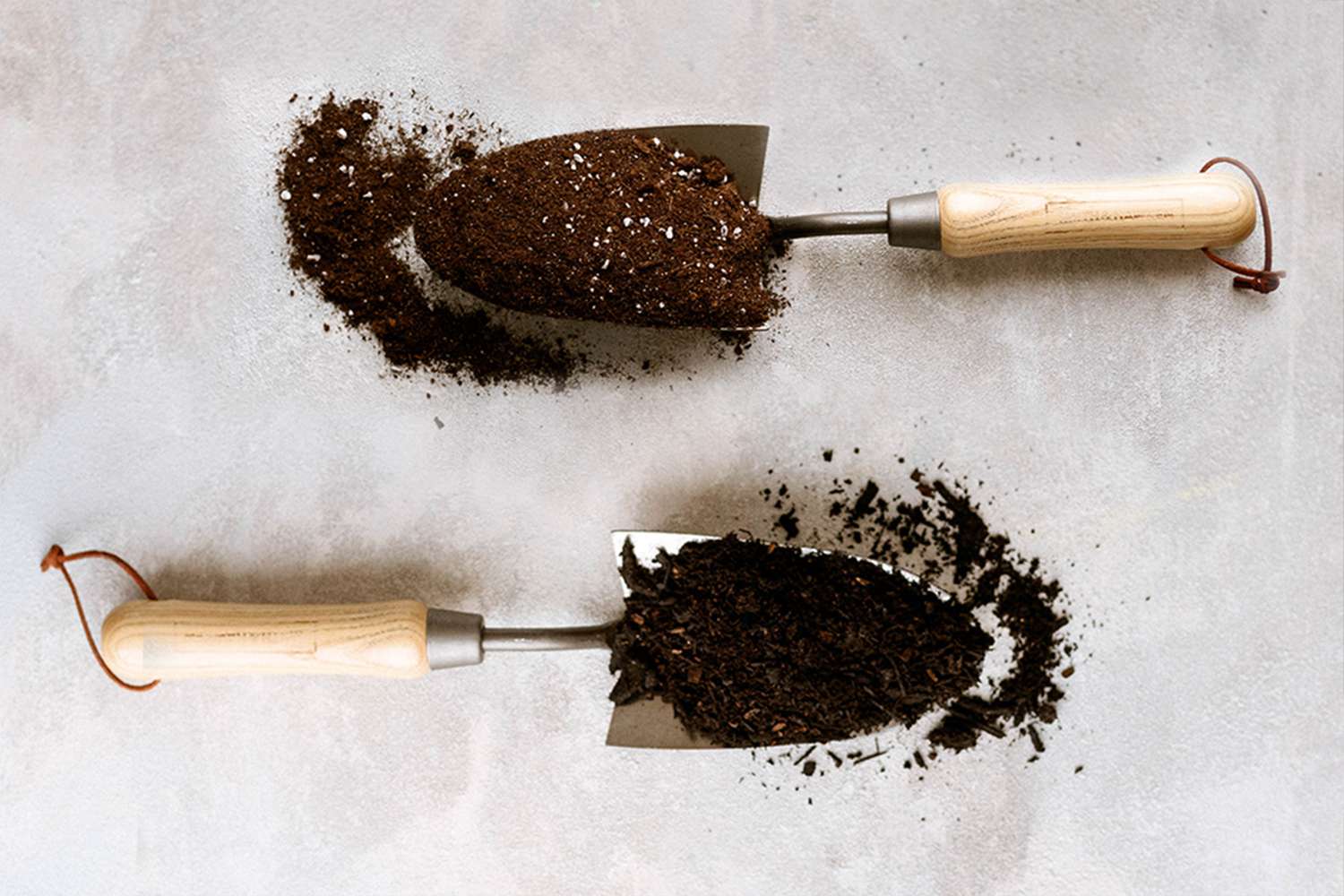
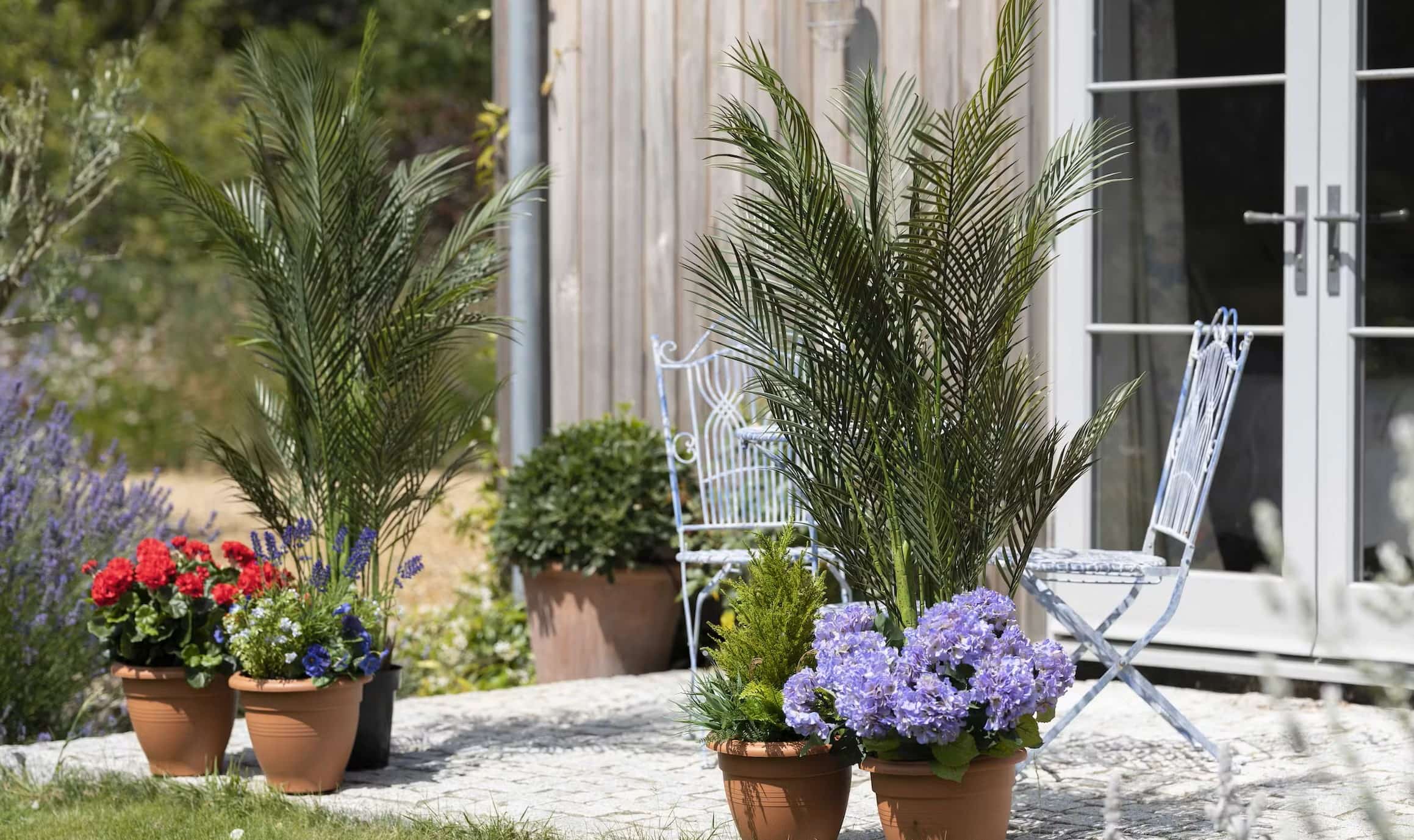
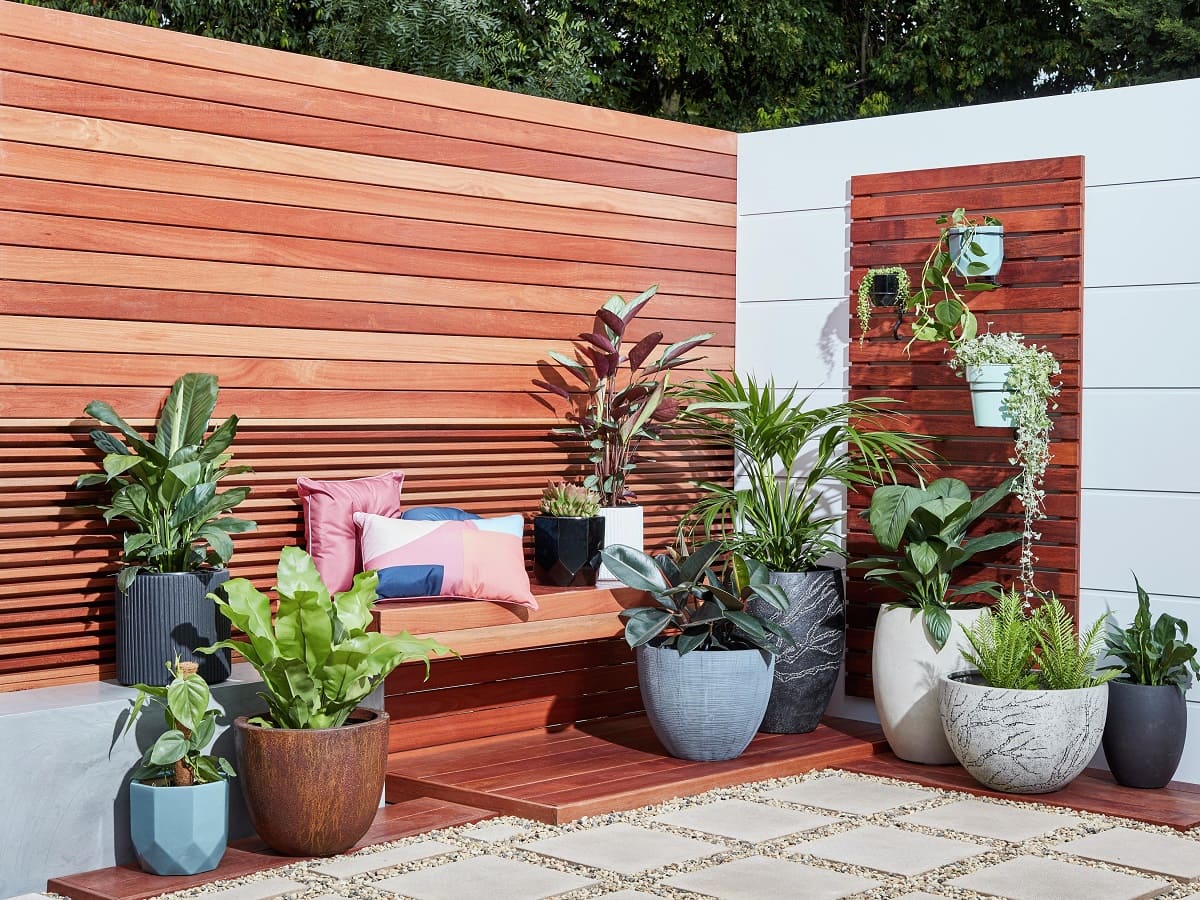
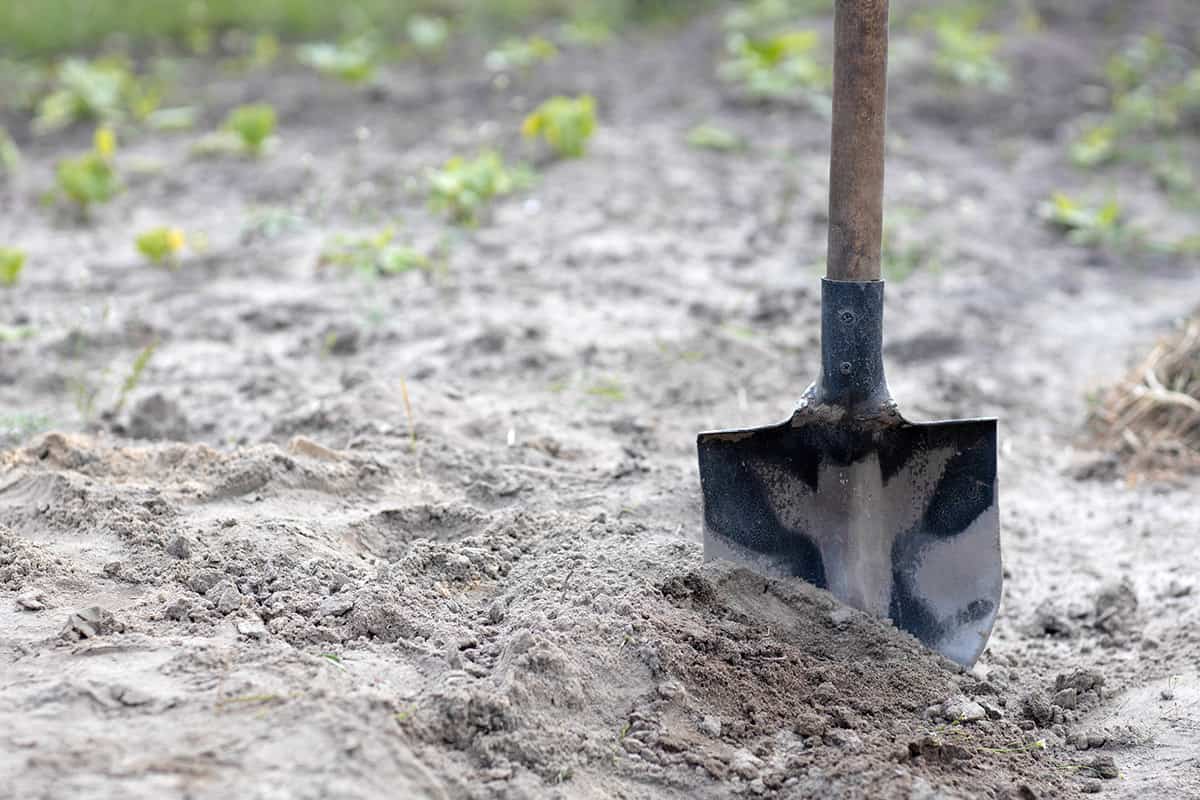
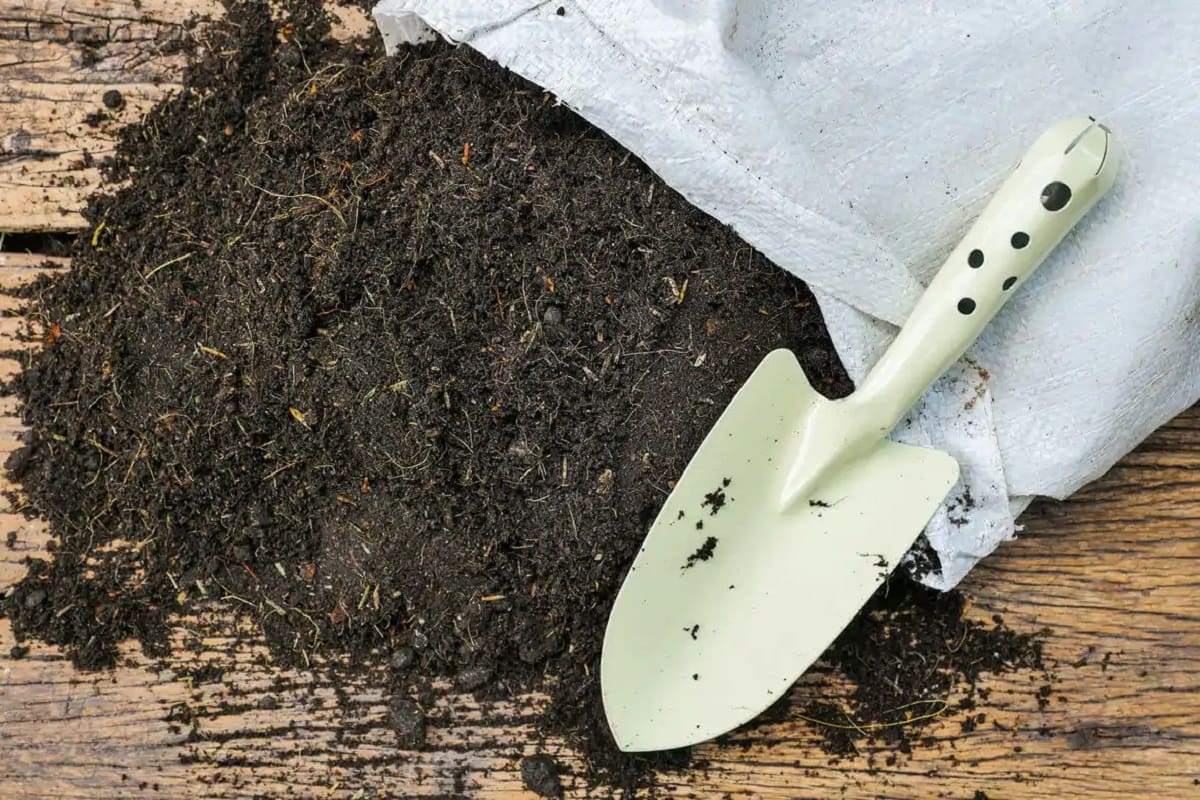
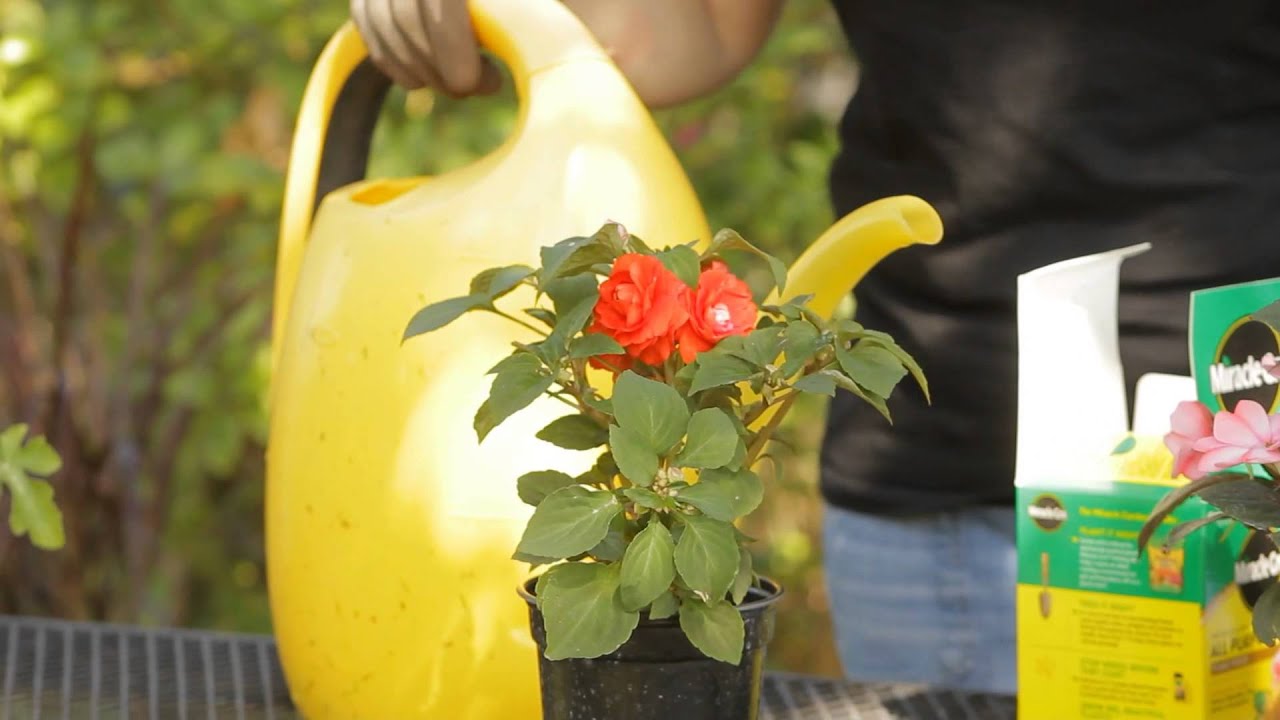
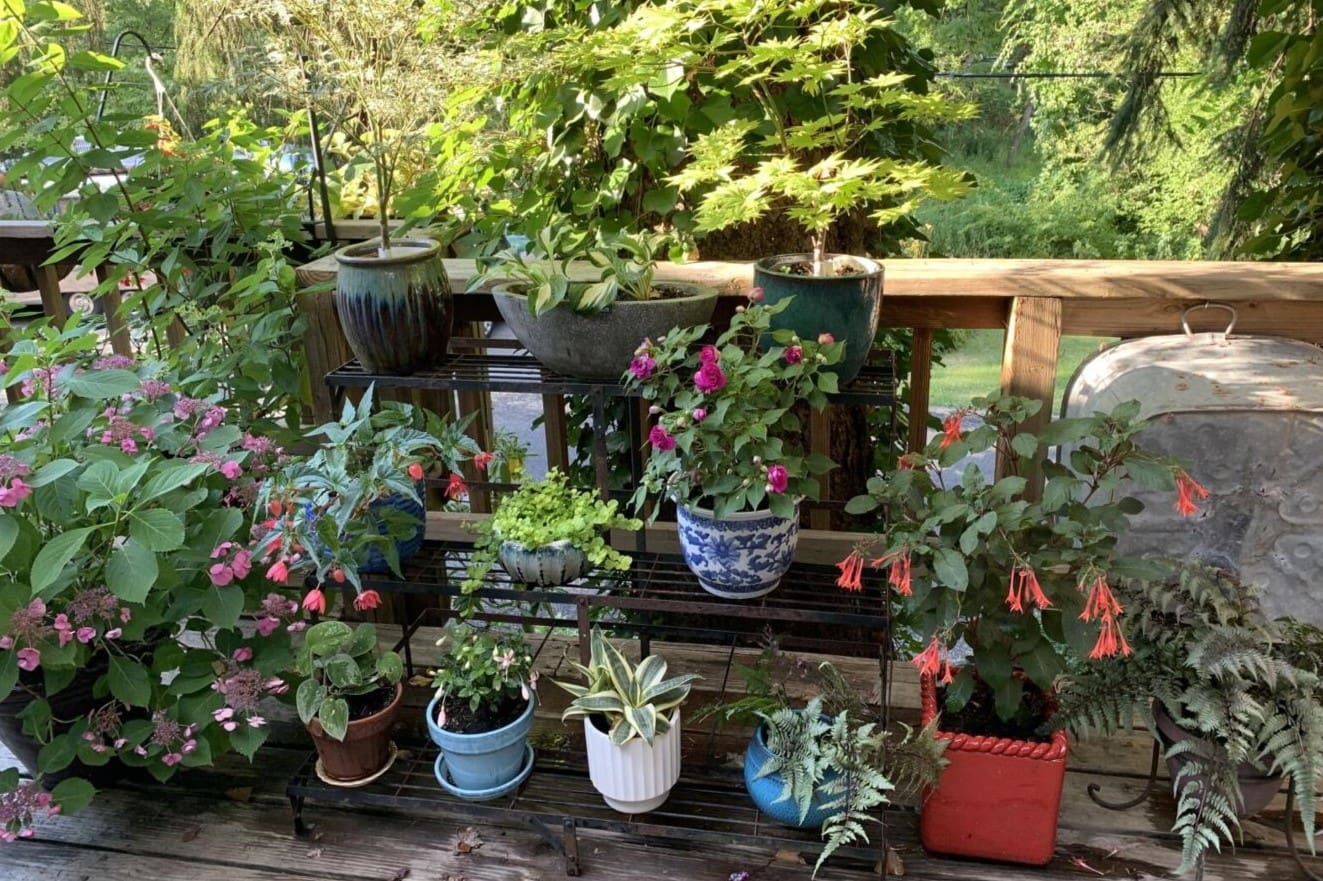

0 thoughts on “What Is The Best Soil For Outdoor Potted Plants”